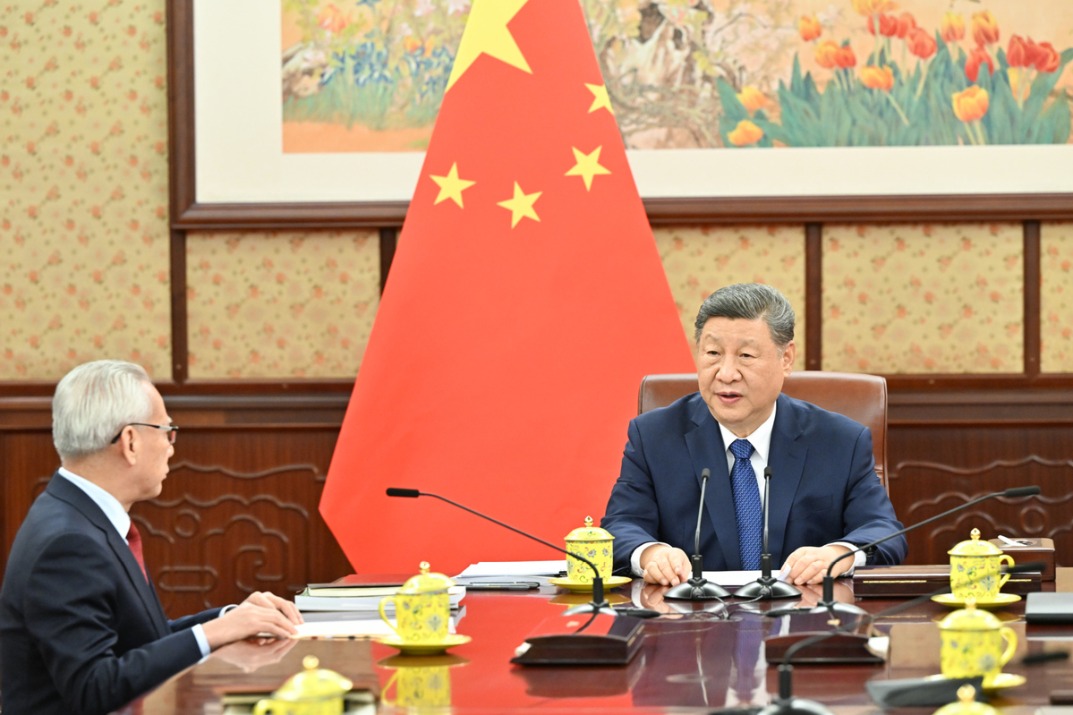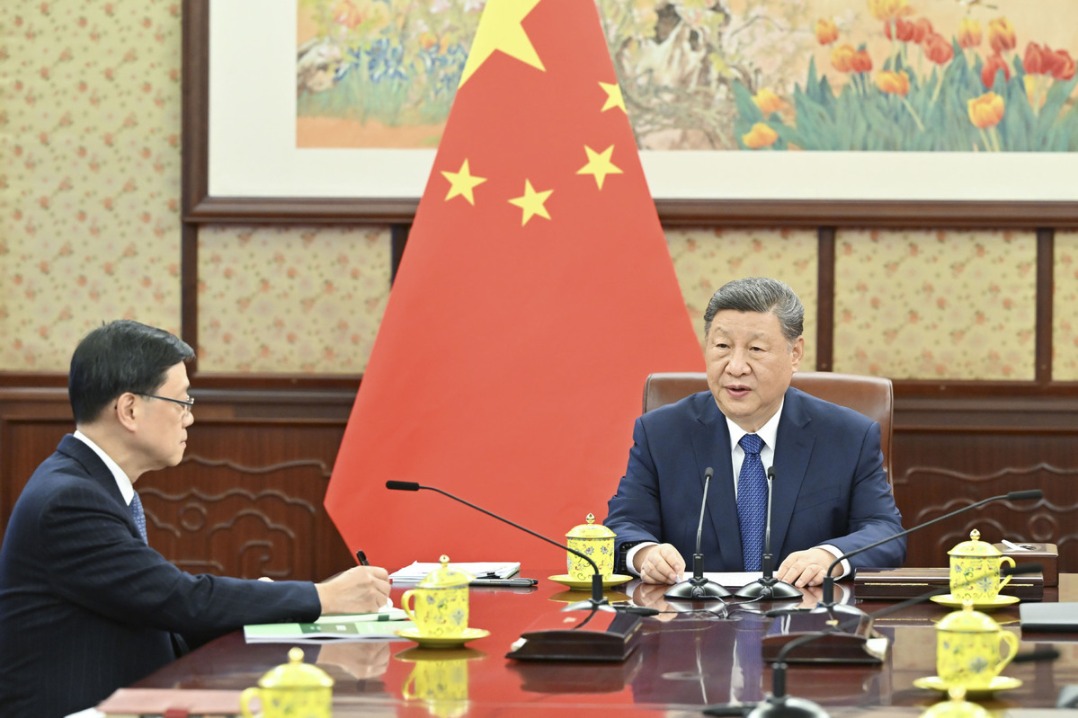Coordination between police, prison staff busts criminal ring
By Yang Zekun | chinadaily.com.cn | Updated: 2021-03-25 20:00
Although police from Tonghua, Jilin province had investigated and questioned an inmate for four months when investigating a gang case in 2018, the man refused to say anything about the ringleader, putting the case in deadlock.
The provincial public security department then invited the Jilin Provincial Prison Administration for assistance. Yao Xingjia, who oversees the office against organized crimes for the administration, led a working group.
After analyzing collected information of the witness surnamed Wang, Yao and his workmates realized Wang used a backbone member of the criminal gang led by Zhang Yongfu, a former deputy of the people's congress of Jilin city in Jilin province.
Yao said Wang refused to cooperate with the investigation mainly because he feared retaliation from Zhang and other gang members, and the confession of new crimes would bring him new penalties.
Yao and colleagues explained the confession policy and his situation repeatedly to help assuage him. The working group also helped Wang treat his diseases, offered care and invited his family to reassure him. Wang eventually confessed his crimes and offered key evidence for the gang within a week.
Wang told officers Zhang once instructed him to kill one person, and threatened him to reverse his confession during the trial, resulting in Zhang escaping punishment. Wang also confessed other crimes about Zhang the police hadn't found out.
In November 2020, Zhang was sentenced to life imprisonment and confiscation of all his personal property on 10 charges, and 31 other gang members were given corresponding sentences.
In addition, 43 "protective umbrella" figures were investigated, including one department-level official, and officials from Jilin's city government, the city committee of the Chinese People's Political Consultative Conference, public security organs, procuratorate and court.
This case was the culmination of Jilin's prison officers in promoting the three-year campaign of fighting organized crime, which was launched in January 2018 by the central government.
The prison was called "the second battlefield" against such crimes, because the arrested usually refuse to confess their crimes or talk about their gang leaders, resulting in prison officers spending extra time and effort in investigation and interrogation.
Given that prison officers only have investigation rights in prisons, the administration and public security department issued a document to promote cooperation between the officers from prison and public security in fighting organized crime, which classified the operational procedures, rules, scope and requirements.
Yao said the administration also worked with the provincial discipline inspection and supervision departments to verify and transfer clues related to protective umbrella figures to ensure the whole criminal chain is resolutely broken.
To assist the public security departments, procuratorate, court and discipline inspection commission, prison officers investigated and collected evidence about organized crimes from the detained more than 1,800 times during the three-year campaign, according to the administration.
Yao said each prison also arranged a fixed number of officers to verify the information reported by the arrested. Through analysis, investigation and collecting evidence and data sorting, they would give feedback to the investigation authorities promptly, assisting them to broaden the scope of the investigation.
Prison officers verified about 1 million pieces of information related to organized crime during the campaign. Prisoners reported 925 valuable clues, including 339 about organized crime, and authorities have filed 28 mafia-type cases.
Prisons also opened green channels for investigation departments to meet and interrogate offenders, and investigators inside and outside the province questioned criminals through online video and telephone more than 300 times last year to minimize the impact of the COVID-19 epidemic.
























